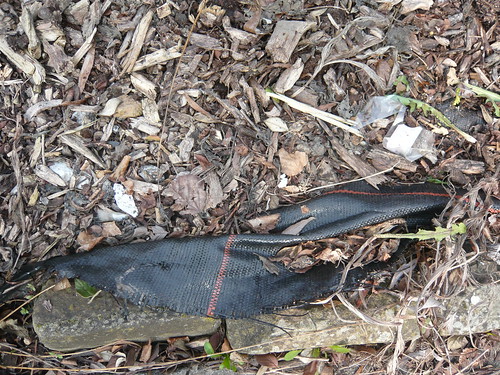Creative Mulching

Mulch can be organic or inorganic and its purpose is to conserve moisture in the soil, suppress weeds, prevent seed germoination and protect the roots of new plants. The right material will look good and cut down on maintenance with less weeding and watering.
Mulching is the covering of bare soil with a mulch. Choose a mulch that appeals to you and don’t be worried about experimenting.
Organic Mulch
- The good old stand by garden compost is one of my favourites that also adds some nutrition
- Grass clipings. You can use grass clippings straight from lawn mower, as long as they don’t continue weed seeds or weedkiller.
- Straw was an old substitute but is less attractive as ,it rots down. Semi composted and natural looking ‘Strulch’ is available as a proprietary product.
- Coconut coir and husks may be used but pets may eat it
- Pine needles, fern frond and different sizes of bark are now available for mulching.
- Chose a bark that fits the planting scheme, I favour composted bark which is natural looking and deeper in colour.
- Cardboard collars are suitable to use as a mulch around brassicas.
Inorganic Options
- I am not a lover of plastic carpeting or permeable polythene products. They get in the way of maintenance even when also covered in bark chippings (below).
- Shells are an idea if you aren’t trying to grow acid loving plants.
- Ground glass and rubber chippings are also now available
- Gravel and grit can be acquired in various size grades depending on the location and the requirement. Finer grit can be used on the top of outdoor pots but for a larger area or around larger speciems a bigger chipping is more appropriate
- Slate can give a texture and feeling to a mulched area that transcends the basic purpose and harmonises with the greens in the plants
- Coloured chippings are now available in reds, golds and greys as a result of the base stone used. select a colour that you can live with and that complements the garden
- Pebbles or round rocks or slabs mat also be appropriate
Also checkout Best Mulches to Use
Tips Prior to Mulching
- Remove any weeds that are growing near plant stems. Weeds look bad and use water plus nutrients.
- Fertilise in spring with a dry compound like growmore.
- Remove any rotting vegetation or unwanted plants that may harbour fungus or disease.

